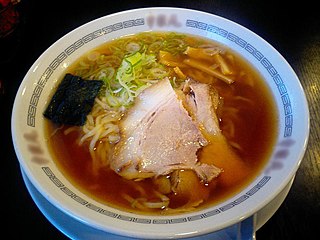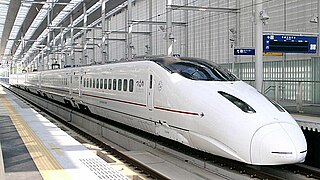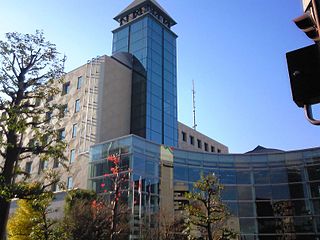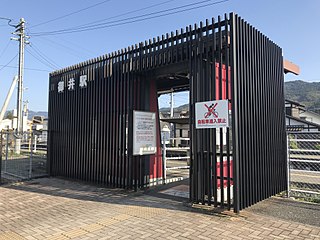This article needs additional citations for verification .(February 2015) (Learn how and when to remove this template message) |
| Kurume 久留米市 | |||
|---|---|---|---|
| Core city | |||
 From the upper left: Nishitetsu Kurume Station, city hall, Suitengu shrine, Kora-taisha shrine, Narita-san temple Ishibashi bunka center, JR Kurume Station | |||
| |||
 Location of Kurume in Fukuoka Prefecture | |||
| Coordinates: 33°19′N130°31′E / 33.317°N 130.517°E Coordinates: 33°19′N130°31′E / 33.317°N 130.517°E | |||
| Country | Japan | ||
| Region | Kyushu | ||
| Prefecture | Fukuoka Prefecture | ||
| Government | |||
| • Mayor | Toshinori Narahara (since February 2010) | ||
| Area | |||
| • Total | 229.84 km2 (88.74 sq mi) | ||
| Population (October 1, 2015) | |||
| • Total | 304,499 | ||
| • Density | 1,324.83/km2 (3,431.3/sq mi) | ||
| Symbols | |||
| • Tree | Cinnamomum camphora, Zelkova serrata, Rhus succedanea, Camellia, Round Leaf Holly | ||
| • Flower | Azalea, Cosmos | ||
| Time zone | UTC+9 (JST) | ||
| City hall address | 15-3 Jonan, Kurume-shi, Fukuoka-ken 830-8520 | ||
| Website | www | ||
Kurume(久留米市Kurume-shi) is a city in Fukuoka Prefecture, Japan.

A city is a local administrative unit in Japan. Cities are ranked on the same level as towns and villages, with the difference that they are not a component of districts. Like other contemporary administrative units, they are defined by the Local Autonomy Law of 1947.

Fukuoka Prefecture is a prefecture of Japan on Kyūshū Island. The capital is the city of Fukuoka. As of 2018, it is the ninth most populated prefecture in Japan.
Contents
- Traditional products
- Universities
- Transport
- Sister cities
- Notable people born or raised in Kurume
- See also
- References
- External links
As of October 1, 2015, the city has an estimated population of 304,499 [1] and a population density of 1,324.83 persons per km². The total area is 229.84 km².

In biology, a population is all the organisms of the same group or species, which live in a particular geographical area, and have the capability of interbreeding. The area of a sexual population is the area where inter-breeding is potentially possible between any pair within the area, and where the probability of interbreeding is greater than the probability of cross-breeding with individuals from other areas.
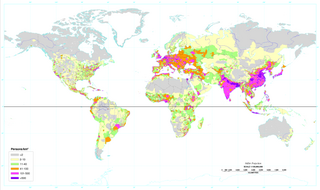
Population density is a measurement of population per unit area or unit volume; it is a quantity of type number density. It is frequently applied to living organisms, and most of the time to humans. It is a key geographical term. In simple terms population density refers to the number of people living in an area per kilometer square.
On February 5, 2005, the town of Kitano (from Mii District), the towns of Jōjima and Mizuma (both from Mizuma District), and the town of Tanushimaru (from Ukiha District) were merged into Kurume.[ citation needed ]
Kitano was a town located in Mii District, Fukuoka Prefecture, Japan.

Mii is a district located in Fukuoka Prefecture, Japan.
Jōjima was a town located in Mizuma District, Fukuoka Prefecture, Japan.




